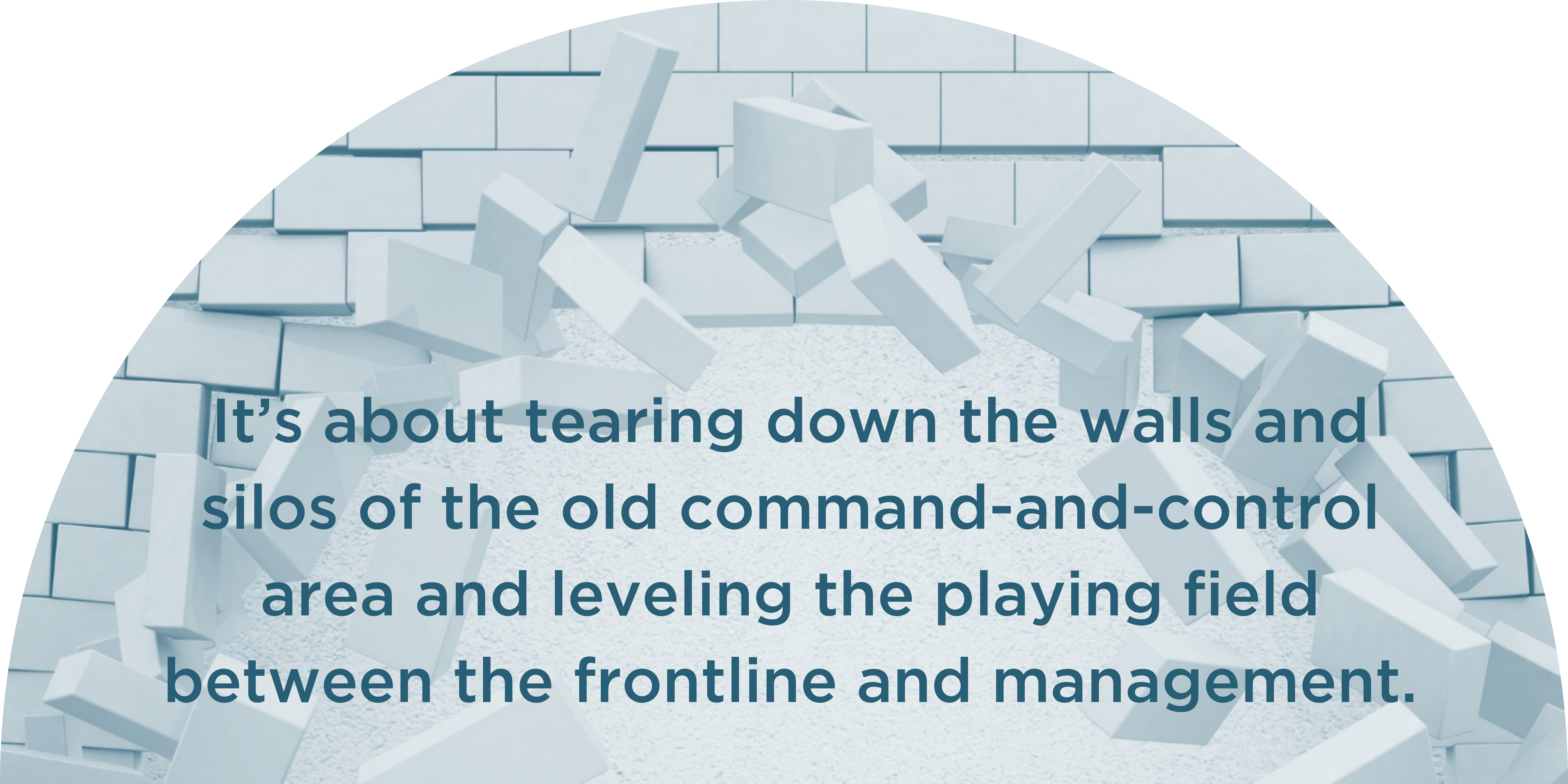.png?width=790&name=Overcoming%20Talent%20Shortages%20In%20Manufacturing%20(1).png)
There was so much promise for the post-pandemic economy—especially for the manufacturing sector. Many organizations continue to see an unprecedented surge in demand for their products—levels the economy hasn’t seen for 40 years.
For many, it’s been a struggle to keep up with customer orders. It’s like trying to drink out of a fire hydrant to keep up with this kind of growth. The forecasts continue to look strong, too, as retailers and dealers increasingly look to insource and onshore production from overseas. The future of manufacturing in the U.S. looks brighter than it has in decades.
Yet, there’s a catch. Manufacturers now have emerging pain points to contend with. Supply chains are stretched to their limits. Ships lay docked outside ports while there aren’t enough trucks or drivers to cart products away. Millions of dollars of finished goods may sit in warehouses for months awaiting parts worth mere dollars.
However, the biggest constraint so many manufacturing firms now contend with is a shortage of talent—and that’s a trend headed in the wrong direction.
<< Attend the Get in the Game Workshop to embrace a transparent business system that will set your culture apart from competitors >>

Crossing The Skills Gap
We’re witnessing an unprecedented shift in the workforce as some 10,000 Baby Boomers near retirement each day—leaving open jobs that members of the Millennial and Gen Z generations don’t want or who simply aren’t qualified to fill. According to research from Deloitte, U.S. manufacturing is expected to have 2.1 million open jobs by 2030—which could rip a $1 trillion-sized hole in the economy.
The challenge is exacerbated for those companies looking to hire for specific skillsets.
According to research by McKinsey, more than 40% of organizations already face so-called “skills gaps” in their workforce, while some 90% of executives say that their organizations will face them in the next five years. That’s fed a prediction that potentially 375 million workers might have to change occupations in the next decade to meet companies’ needs around the globe.
When you dig into where companies report a shortage of skills, they include traditional “hard” skills like technical and computer skills.
At the same time, companies are also reporting challenges in finding employees who can offer “soft” or “professional skills” such as executive, frontline, and financial/risk management.
The continued problem, of course, is that companies simply can’t cross these skills gaps by hiring alone. The talent pool just isn’t deep enough. Adding new technology like robots doesn’t provide perfect solutions either. After all, you need someone capable of programming and maintaining the robots.
But what’s really telling is where they are targeting their reskilling efforts.
The True Skills Shortage
Rather than focusing on technical skills as part of their training and re-skilling efforts, more and more organizations see opportunities to grow new leaders within their organization by fostering a better understanding of the business itself.

Case in point: According to a McKinsey survey, the most common area companies are targeting in their re-skilling efforts is teaching “critical thinking and decision making.” Not CAD design or programming languages. Other in-demand subjects include leadership, adaptability and continuous learning, and entrepreneurship and initiative taking.
In other words, when it comes to bridging the kind of skills gaps that will limit future growth, more and more companies are recognizing the power of building a business of businesspeople. They recognize the need to tap the full potential of their people to tackle the difficult decisions that need to be made daily to combat challenges like parts delays and snarled supply chains.
Tearing Down Silos

To overcome talent shortages and build the kind of sticky culture employees want to work in, manufacturers should embrace the opportunity to teach their people to identify the company’s strengths and weaknesses and create solutions and growth plans by embracing business financial literacy.
Understanding the financials gives your people a different perspective on problems. It allows people to develop and to get a thorough sense of what’s going wrong so they can fix it.
When you teach people about your business, they learn how to fit into its culture and live up to expectations. They learn how to innovate, how to create new products and services. They acquire the practical skills they need to do a particular job, as well as the mental skills they can use wherever they go: the ability to solve problems, to think critically, integrate tasks, compete and win.

If you want to compete in the future, every organization is going to need to tap the contributions of every single associate. Why not arm your people with the same skills and access to information that ownership and management have access to? Better yet, why not ask them to participate in creating the plans for where the organization is headed.
As one of The Great Game of Business’s Higher Laws states: “People support what they help create.”
This is an excerpt from the complete whitepaper, “Rethinking Manufacturing Workplace Culture in a Post-Pandemic World.”
Interested in learning more ways to overcome a skills shortage? Read the full whitepaper below.

Other articles you might like:





More Stories
Sloppy or Shady?
Restaurant Financial Management Issues
Unsecured Business Loan With No Collateral